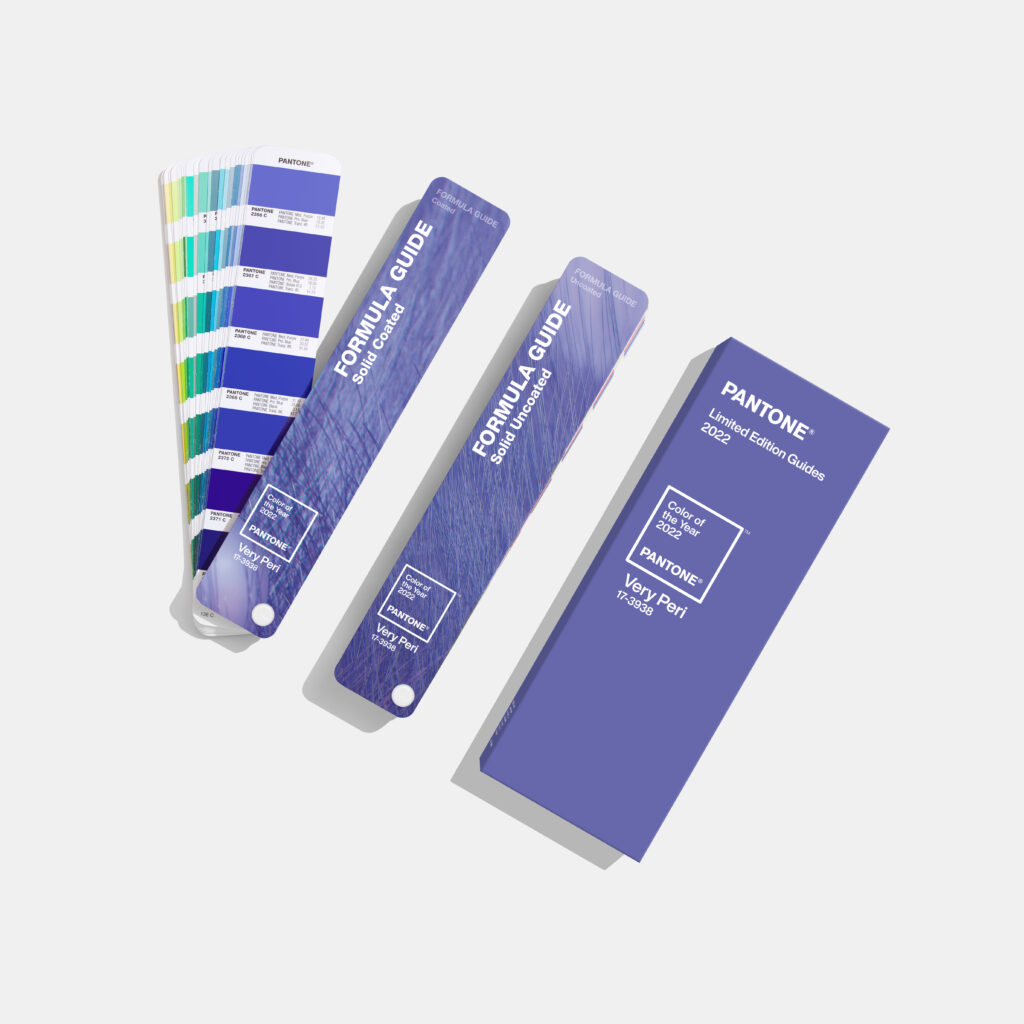Finally! Spring is just around the corner, GTA friends! After two long years of pandemic-related lockdowns, there’s never been a better time to brighten up your home with a fresh coat of paint. We’ve got all the latest colour trends covered.
This year, some paint experts are recommending deep and eccentric colours to help breathe new life into the place that has substituted your office, classroom, gym and entertainment space for the last 24 months. Others are taking a softer approach, with palettes of earth tones and colours inspired by nature.
Here are the 2022 colours of the year, according to some of the top paint companies in North America:

Pantone’s colour of the year is the bold and deep Very Peri (PANTONE 17-3938). After many months in isolation, this soft yet spirited shade of violet-blue is meant to inspire curiosity and spark creativity.
Inspired by the shades of a sunset and the beauty of the sea, Valspar’s 2022 collection of colours provides a range of timeless options that will inspire calm and serenity in any room.
In recent years, grey has all but replaced white as the neutral of choice in modern décor. In 2022, several top paint producers have crowned silvery-green shades of this staple as their top colour, representing new beginnings and hope for the future.
Benjamin Moore’s October Mist (CC-550) provides a clean, crisp backdrop for virtually any accent colours. Behr’s Breezeway (MQ3-21) is cool and fresh, meant to uplift and expand even the smallest spaces.
 October Mist, Benjamin Moore
October Mist, Benjamin Moore Evergreen Fog, Sherwin Williams
Evergreen Fog, Sherwin Williams
Sherwin-Williams’ Evergreen Fog (SW 9130) is a refreshing and versatile colour, perfect for pairing with greens, blues and greys. Laurel Leaf, a warm and floral shade, has been chosen as the first-ever paint colour of the year from the Better Homes & Gardens’ collection.
If you’re looking for something a bit edgier, you’ll appreciate Glidden’s top pick for 2022: Guacamole (PPG1121-5). This rich and soothing shade of grey-green can bring a splash of sophistication to any room in your home.




